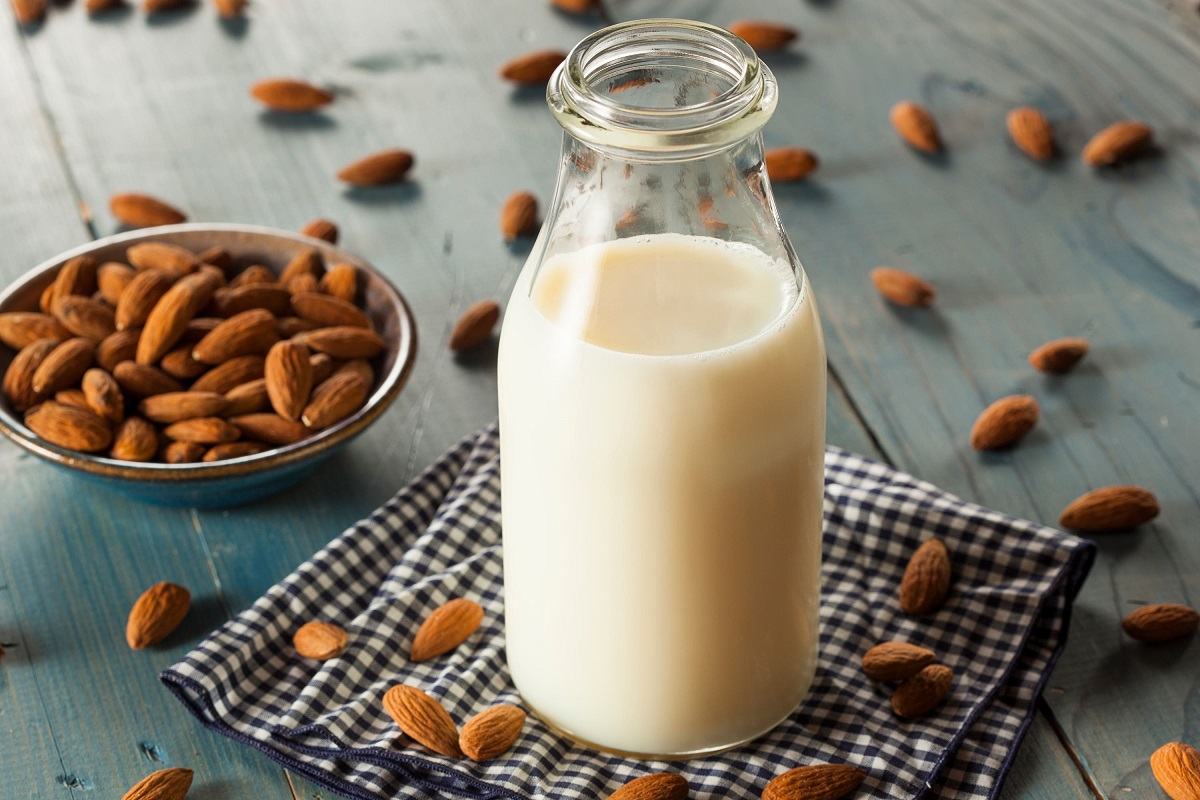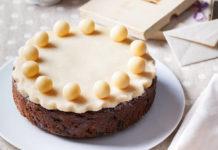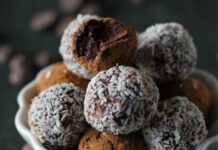Want to make your own almond milk? Here’s how to do it – it’s easier than you might think.
Whether you’re lactose intolerant, passionate about animal rights or you simply love the taste, more and more of us are switching out regular cow’s milk for almond milk instead.
It’s a brilliantly versatile plant-based alternative that can be stirred into coffee, splashed on cereal or whipped into fluffy pancake batter. Its growing popularity means you can now find it in most supermarkets.
If you’re a fan of store bought almond milk though, there’s just one problem – you’re still left with paper and plastic waste to deal with afterwards.
Making your own could eliminate some of – if not all – that waste.
And it’s surprisingly easy. You’ll just need a couple of items before you get started: A blender and a nut bag or muslin cloth to strain it with and a jar to store your almond milk when you’re done.
The great thing about doing it yourself is you can be sure there’s no hidden sugars or additives in your milk either.
How to make almond milk
Step 1:
Start by tipping around 200g of raw, unsalted almonds into a bowl. Fill the bowl with water so the almonds are completely submerged, and leave to soak overnight.
Step 2:
The following day, rinse the almonds under the cold tap. Peel off and discard the skins.
Tip: you should be able to peel the almonds easily by squeezing near the tip of the almond!
Step 3:
Pop them into a blender with four cups of water (950ml), and blend until they form a smooth paste. A couple of minutes should do.
Step 4:
Now comes the slightly trickier part. Lay a clean nut milk bag or muslin cloth over your bowl and pour the almond mixture onto it. Gather the corners together and squeeze over the bowl until all of the liquid is extracted.
You can either discard the pulp, or, if you’re a no-waste kind of household, you could save it, dry it our, blitz again and use it as flour to make cookies or muffins.
Step 5:
Pour your milk into a mason jar or bottle (make sure it has a lid) and pop it in the fridge.
It really is as simple as that. The nutty milk should last for two or three days in the fridge, but it’s always best to use it when it’s fresh.
You might also be interested in…
































































